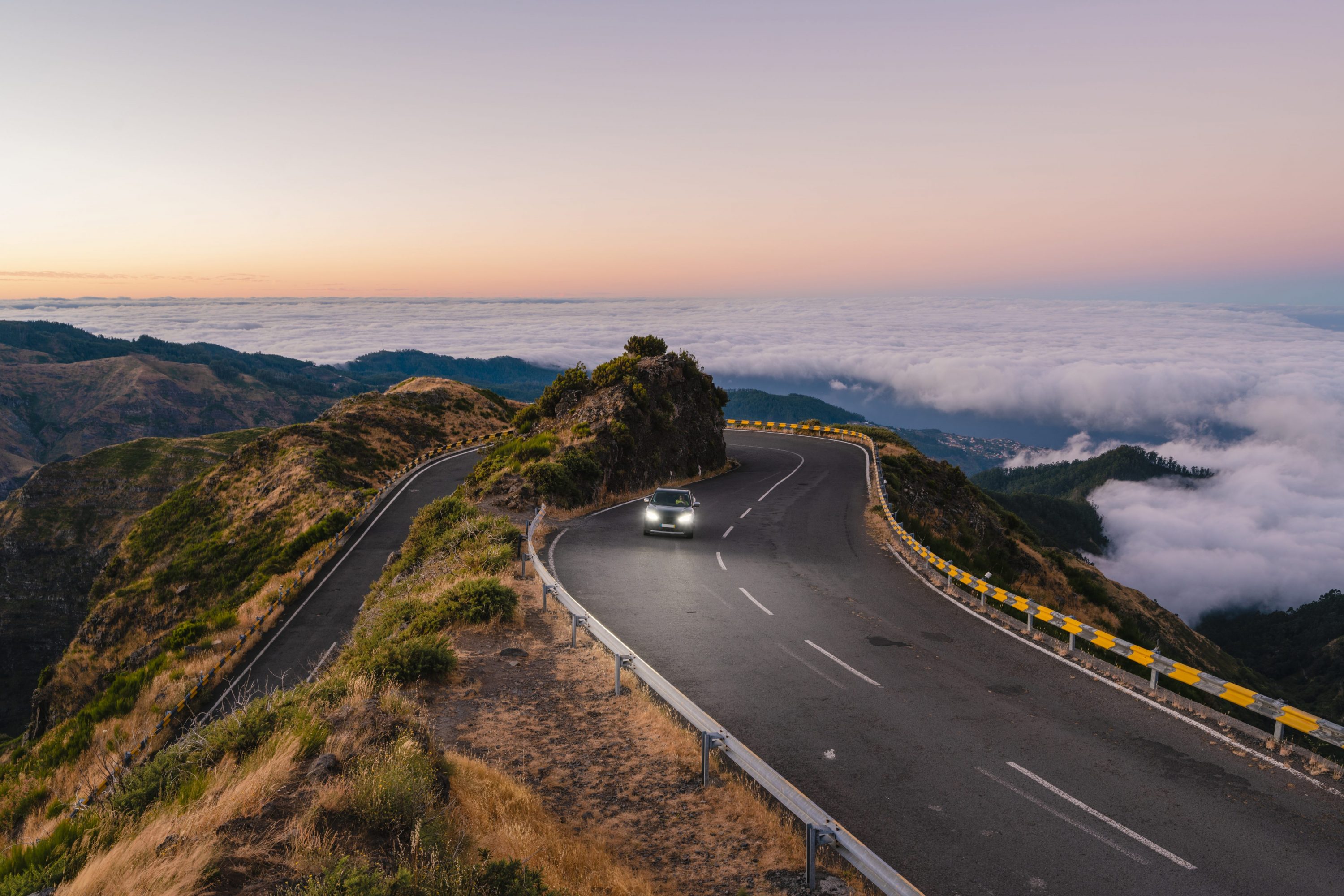
I use my car’s turn signals everywhere I go. I live in a small community, and even when I enter or exit my garage with nobody around, I signal right or left. I’ve done this for nearly a quarter of a century behind the wheel. It’s a small, kind, and safe gesture I offer others on the road and has always served me well.
In no small way, good behaviors like this permeate all aspects of our lives. Behaviors like kindness, gratitude and patience. These human practices are good in life and equally good in our nonprofits. These four I’ve learned over the years might help boost your work and your organizations.
1. Look Ahead to Find Your Focus
I owe this one to my late uncle. Early on, especially on highways, I was having a difficult time staying in my lane. No matter how hard I tried, I could not seem to maintain driving between the lines. One afternoon I mentioned this to my uncle, and his response went something like: Evan, you’re spending too much time looking right in front of the car, and there’s a lot of road ahead. I promise, if you look out and look farther, you’ll see it all, and it’ll be easier to stay in the lane.
All these years later, especially at work, I remind myself to look beyond the issues right in front of me. There will always be a stakeholder newsletter or flowers to buy for the evening reception or some other short-term distraction. But we must look down the road to prepare for opportunities and problems we can’t yet foresee. These days the world can feel like the brief intervals between traffic signals. There’s a lot of social good ahead if we can only see far enough. It’s why real, meaningful partnerships with communities and donors take so darn long.
2. Keep a Loose Grip on the Wheel
This was another pearl from my uncle. Much in the same way I was having difficulty staying in the lane by being too focused, he suggested the same was true because of how tightly I was holding the steering wheel.
In fairness, I was trying to be a good 9-and-3 driver, both hands planted firmly. But I was expending so much energy steering the car, I was missing other things. My uncle suggested an alternative. Use only a few fingers to hold the wheel and gently work with the car’s power steering to guide its direction, rather than trying to force it.
Psychotherapist Amy Morin suggested that people believe “if they can gain enough control … they can somehow prevent bad things from happening.” You know what this means in nonprofits? Micromanagement. If you have a team or colleagues who know their craft — or are slowly but surely developing their craft — don’t hold on too tightly. A fundraiser about to make their first ask needs to experience the win or the loss to really learn from it. If you mandate how or when they do it, you’ll strip them of that opportunity.
3. If You Want People to Follow You, Signal Your Direction
If you’re traveling in two separate cars on the freeway, do you know how to properly lead the person behind you? What if you need to change lanes? I’m routinely surprised by the answers I get to this question.
The correct response comes from my father: You signal, wait for the follower to change lanes first, then you move your vehicle. Doing it this way helps keep both you and your follower in lockstep, it prevents other drivers from getting in between, and, more than anything, it keeps you both safe.
In our organizations, this tip keeps colleagues, donors and volunteers informed about what you’re doing, where you’re going and how to get there. In their book, “The Leadership Challenge,” Kim Kouzes and Barry Posner call this “modeling the way.” They suggest, “If you want to gain commitment and achieve the highest standards, you must be a model of the behavior you expect in others.” When possible — and I argue it’s mostly always possible — be transparent with your people about not simply the direction you’re going, but the direction you plan to go.
4. Stop When Required — Possibly Before Required
This seems to belie the prevailing practice in Texas, but I believe stop signs are not mere suggestions. We should stop at them — fully and ideally a few feet before. My mother is a stickler for this. It’s one of the driving lessons she taught me.
She’s very safe on the road, sometimes too much. In doing so, she always puts her vehicle exactly where it should be. This is especially true at stop signs and red lights. It’s a small bit of kindness she offers other drivers, bikers and pedestrians. As if saying, “I see you and I’m here to keep you safe.” Nonprofits are built for this kind of kindness.
In our social impact work, we need to know how far to take something, when to pause and when to fully stop. This doesn’t mean quitting a new program or fundraising appeal after only one cycle nor does it mean sunsetting the gala with a 25-year history. However, if you factor in all the variables — budget, staff time, fatigue — and the numbers support an ulterior idea, commit to stopping the things that no longer suit your organization.
We each have life lessons that translate across experiences. Like over the past two years how muting myself on Zoom meetings has inspired me to be a more silent, active listener in real life. I’ve applied these driving lessons from my youth to the work I do to improve the world through social impact, and hope the stories drive some good practices in your own work.
